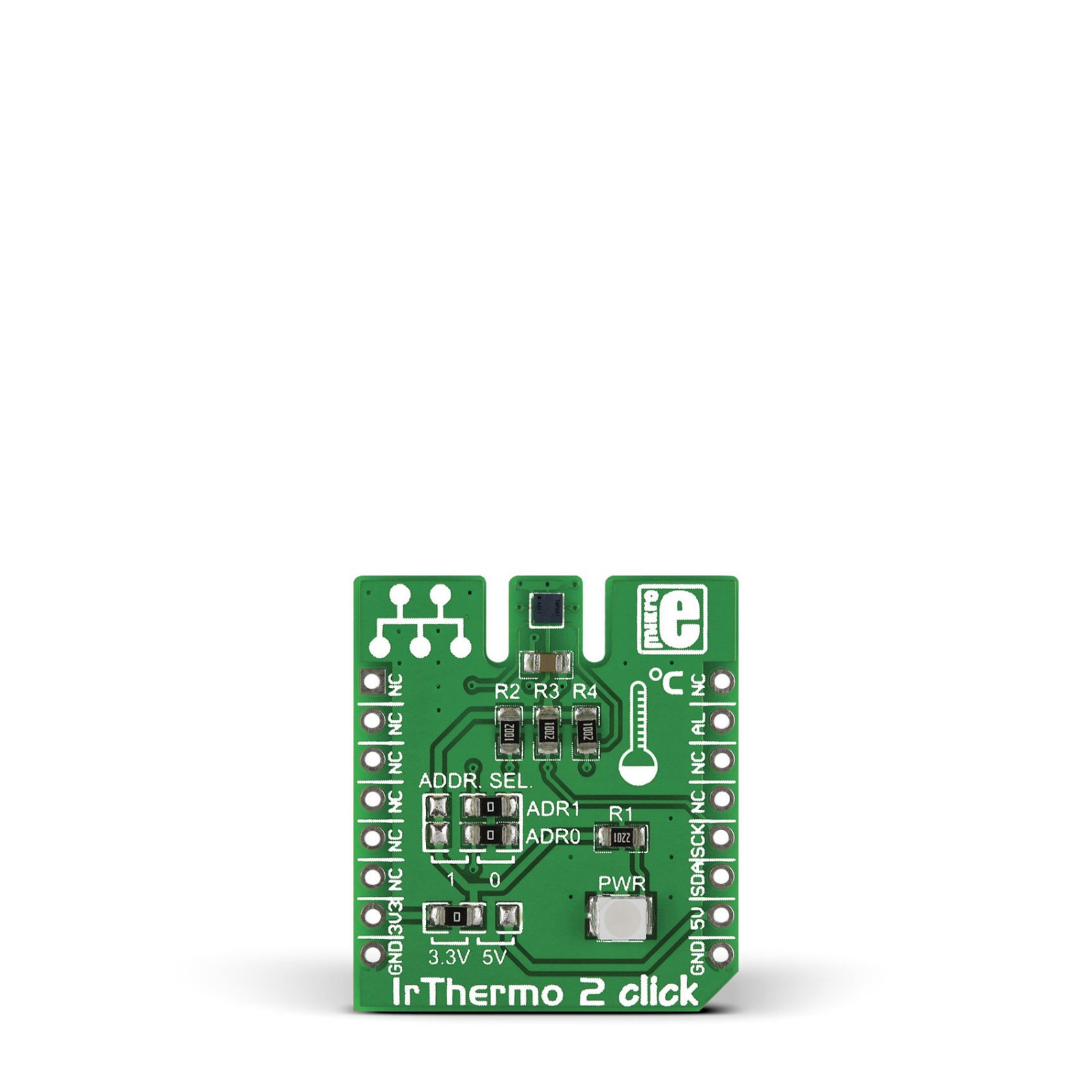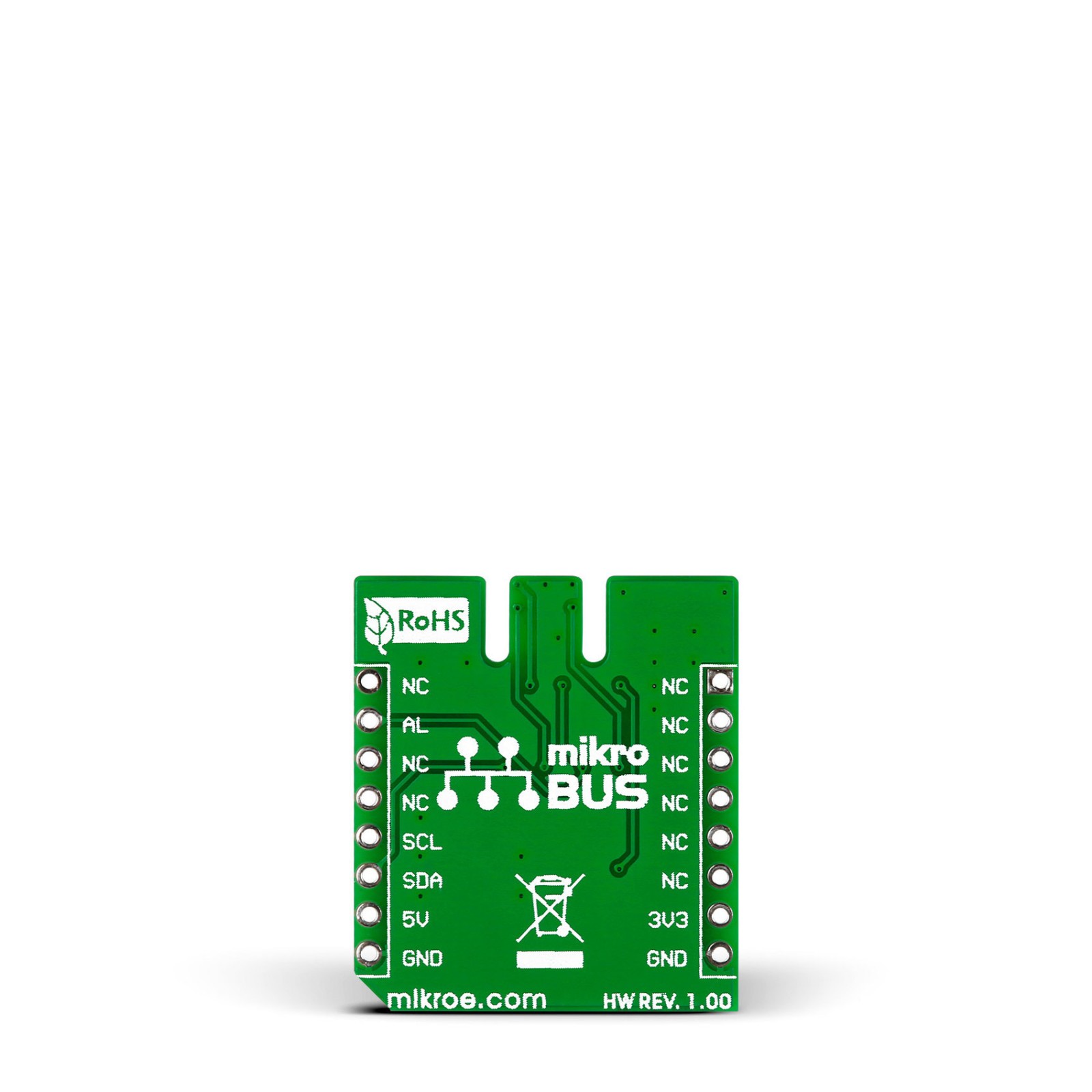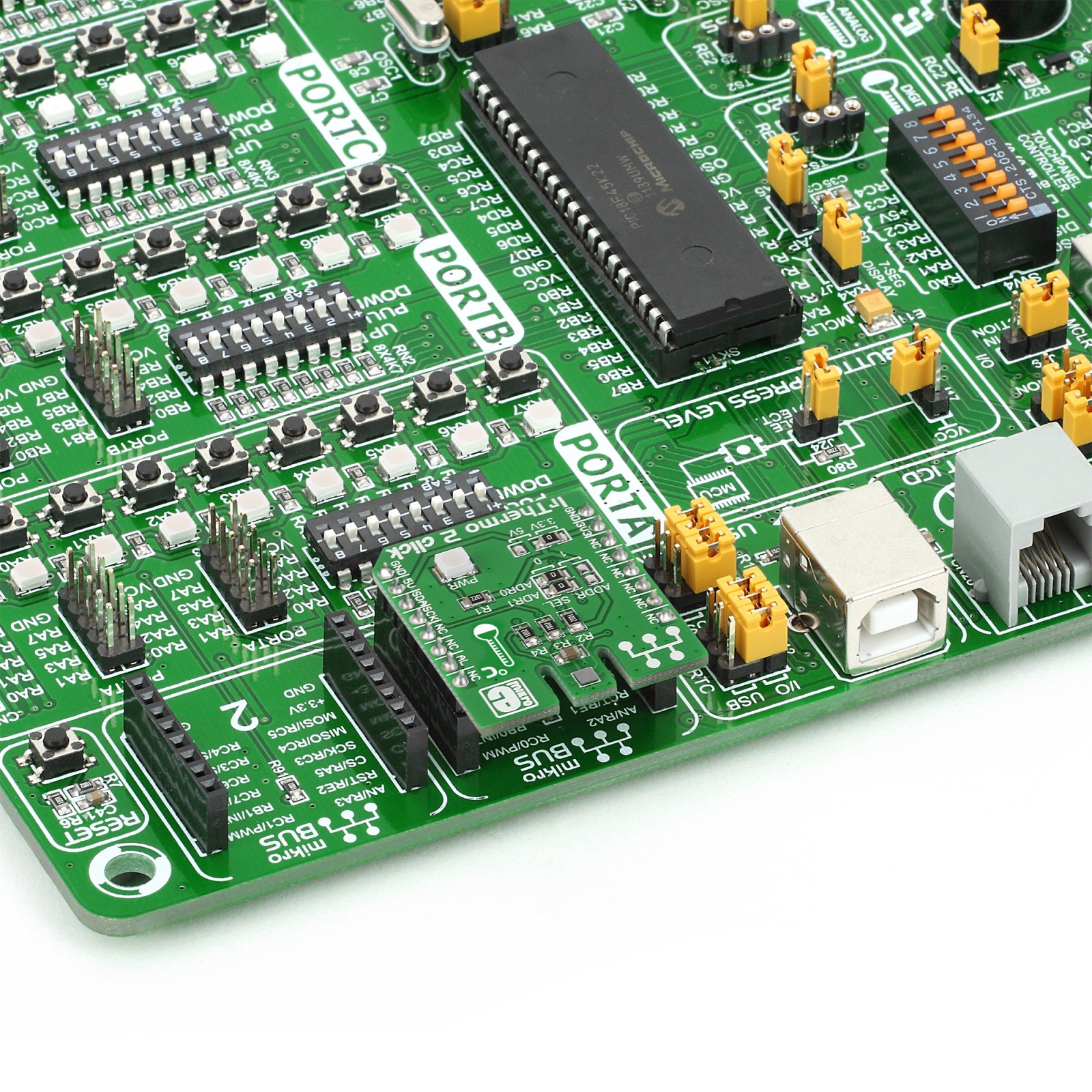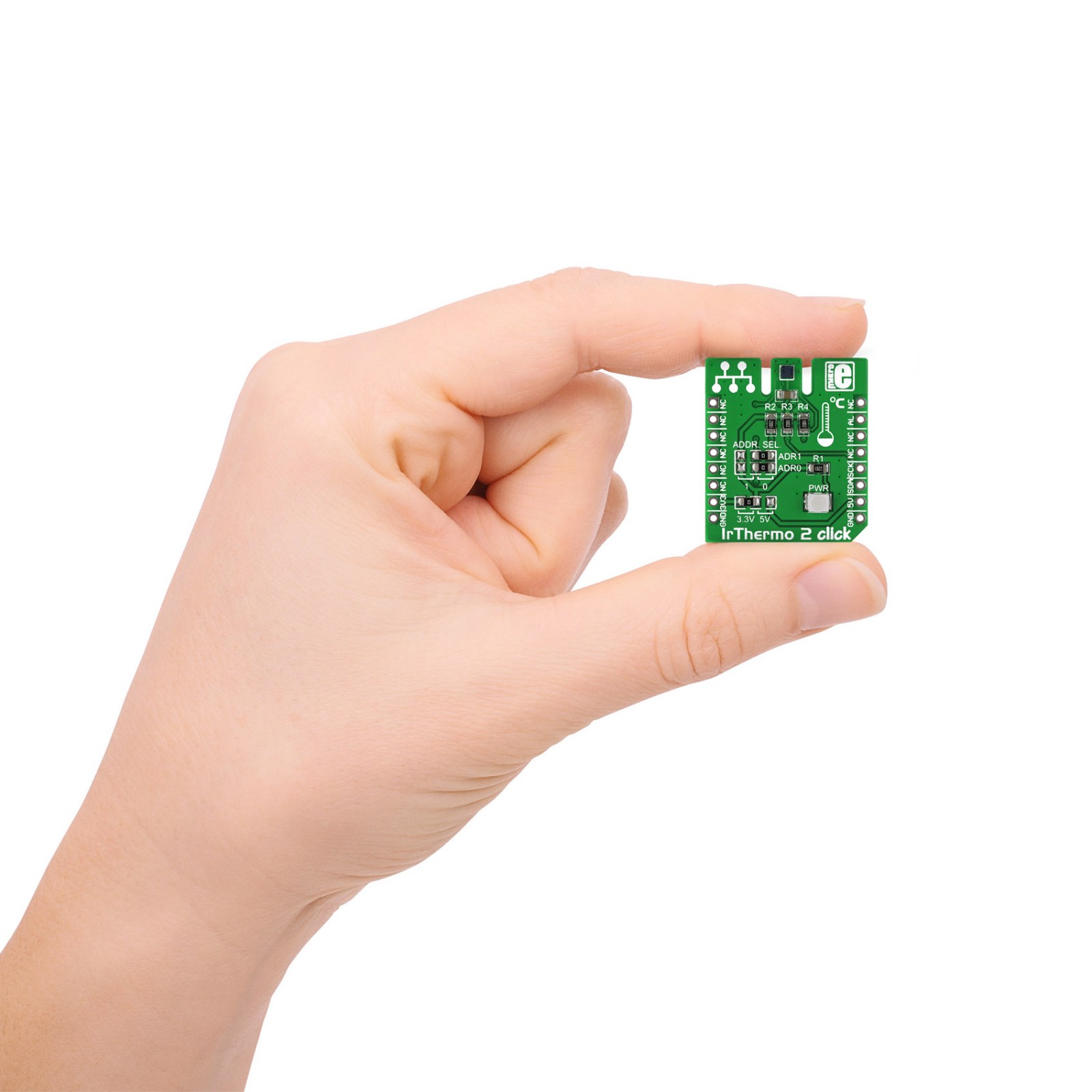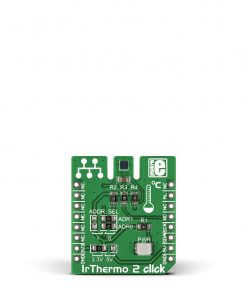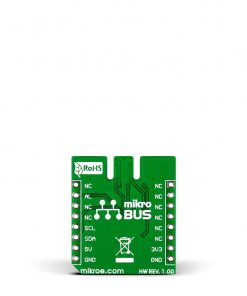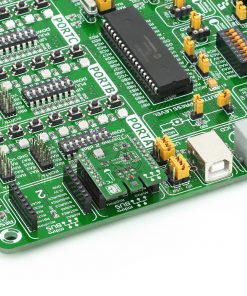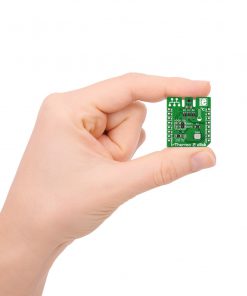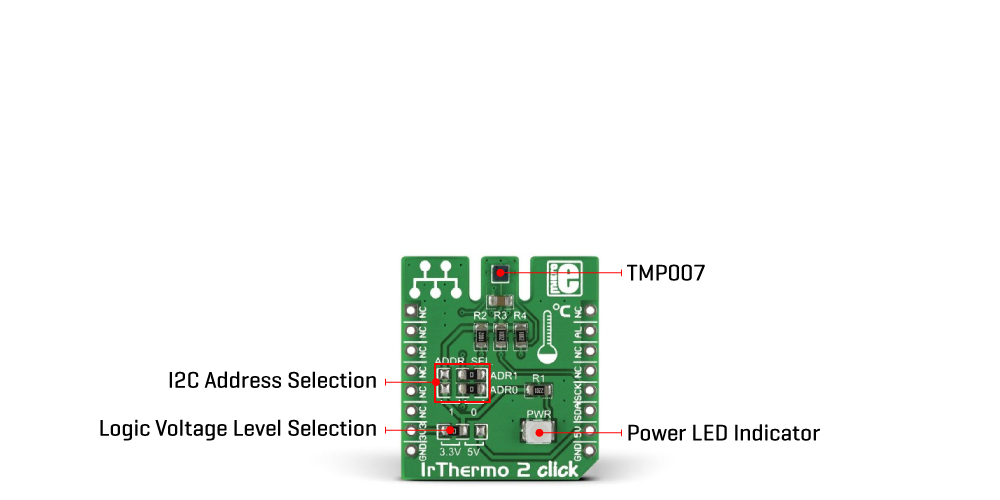-
×
 HYDROGEN Click
2 × R335.00
HYDROGEN Click
2 × R335.00 -
×
 BUZZ Click
1 × R115.00
BUZZ Click
1 × R115.00 -
×
 RS485 Click 5V
1 × R235.00
RS485 Click 5V
1 × R235.00 -
×
 EXPAND Click
2 × R260.00
EXPAND Click
2 × R260.00 -
×
 RTC Click
1 × R390.00
RTC Click
1 × R390.00 -
×
 WiFi Plus Click
1 × R2,250.00
WiFi Plus Click
1 × R2,250.00 -
×
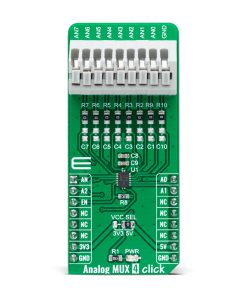 Analog MUX 4 Click
1 × R240.00
Analog MUX 4 Click
1 × R240.00 -
×
 ADC Click
1 × R540.00
ADC Click
1 × R540.00 -
×
 GPS Click
1 × R1,050.00
GPS Click
1 × R1,050.00
Subtotal: R6,010.00

